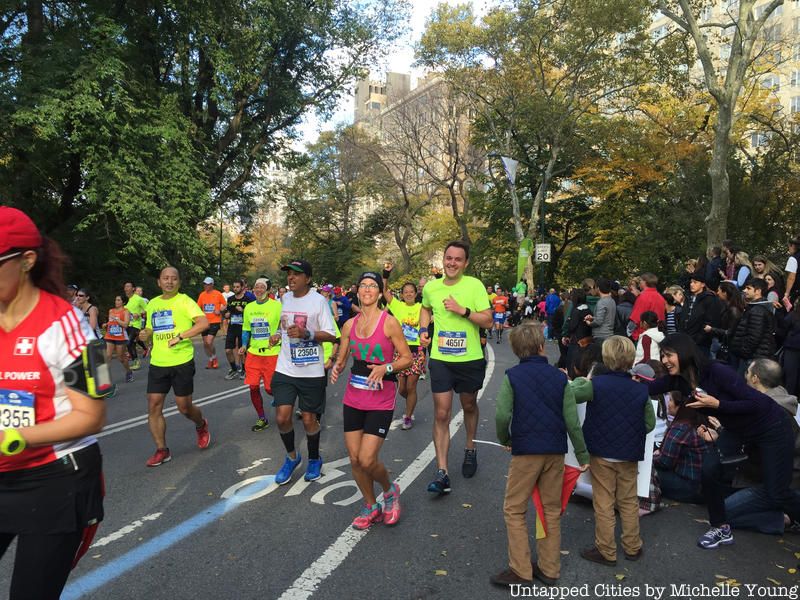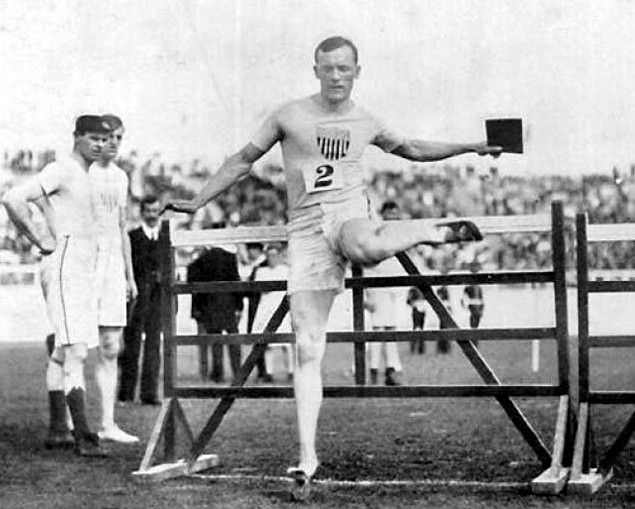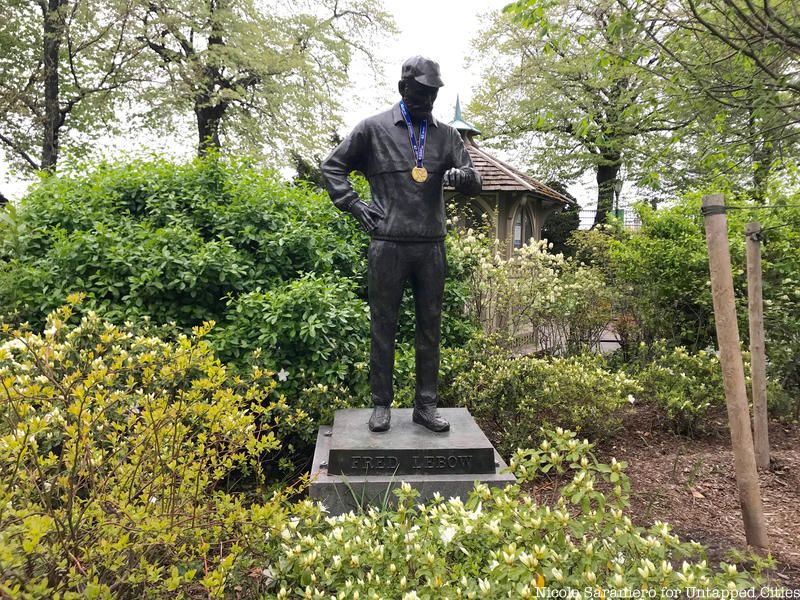Last Chance to Catch NYC's Holiday Notalgia Train
We met the voices of the NYC subway on our nostalgia ride this weekend!


On November 5, the 2023 New York City Marathon will start at its usual opening location of Fort Wadsworth on Staten Island and will journey all the way to Central Park. More than 50,000 runners are expected to participate this year, including some of the best runners in the world and a few celebrities. Thousands of athletic New Yorkers will be competing to try to break the fastest time and explore New York City along the way.
The course will cross over the Verrazano-Narrows Bridge into Brooklyn on relatively flat streets, before entering Queens briefly and crossing the Queensboro Bridge. Runners will then traverse First Avenue before passing through the Charity Cheer Zone and entering the Bronx. The rest of the course from here takes place in Manhattan, running first through Harlem and then through Central Park.

Although the New York City Marathon has become a crucial part of New York’s culture, it has only been around since 1970. Before that, though, there were a number of marathons of varying fame that inspired this last of the World Marathon Majors. Even before New York had any major marathons, the Boston Marathon began in 1897, inspired by the reintroduction of the marathon at the 1896 Athens Olympics.
It took New York another decade to arrange a marathon of its own, and in 1907, the Yonkers Marathon became the country’s second-oldest marathon race. On Thanksgiving Day, runners lined up in the cold to race the long and winding Westchester trail — even though it was a mere 25 miles, thus making it not truly a marathon. Nonetheless, the race was won by Johnny Hayes, an assistant in the sporting goods department at Bloomingdales who trained on the roof of the department store — and even became the manager of his department after the win. Hayes would go on to win the Olympic gold and set the world record. The Yonkers Marathon still exists today, and it had over 100 finishers in 2019.
After the 1908 Olympics, runners across the U.S. were eager to put on their own marathons, and New York was one of the leading marathon centers. The first marathon to take place in New York City proper was sponsored by the New York Evening Journal. Taking place the day after Christmas in 1908, the race began in Rye, Westchester, and followed Boston Post Road to Pelham Bay Park, after which runners made their way down to Columbus Circle.
The winner of that marathon, Matthew Maloney, would later compete in a 1909 marathon at the Polo Grounds, often nicknamed the “Manhattan Derby,” As many as 25,000 people — and many more in Times Square awaiting the news — were in the crowds that day. The grand prize was $10,000, or about $300,000 today. That same year (and the year before), there was a marathon inside the second Madison Square Garden. The organizers constructed a track inside measuring a tenth of a mile, or 262 laps around, but this marathon did not achieve anywhere near the acclaim of the Yonkers course.

It was a few years before the next official yearly marathon took place; there were a number of “modified marathons,” including a 12-mile run from Fordham Road to City Hall in 1912; a 15-mile race in Coney Island in February 1922; and a 16-mile race from Worth Street in modern-day Tribeca to 225th Street. There were a handful of others, such as one in 1926 ending at City Hall and another in 1928 concluding at Luna Park. In 1925, the Port Chester Marathon, which began at Columbus Circle, became a yearly tradition extending until 1941. According to NYC Parks, a runner at the 1933 iteration was hit by a car, but was still able to complete the entire race. With the early success of the Port Chester Marathon came the 1927 Long Beach Marathon, won by Hopi Native American runner Quanowahu after an LIRR train temporarily delayed his competition, Albert Michelsen.
All of these marathons, plus one in 1948 in Queens commemorating the 50th anniversary of the city’s consolidation, led to the development of the New York City Marathon — which itself took inspiration from the Cherry Tree Marathon in the Bronx that for 12 years occurred on George Washington’s birthday. The first New York City Marathon was perhaps not as exciting and sightseeing-friendly as the previous marathons, which traversed the five boroughs; the New York Road Runners organized the first iteration with just 127 competitors and a few dozen spectators, and runners would simply pace themselves running loops along Central Park’s Park Drive.
Only one woman competed in the first marathon, and prizes were equally as strange: cheap watches and old baseball trophies. This somewhat anticlimactic first race also seemed underwhelming compared to an earlier “supermarathon” in Alley Pond Park, which was a whopping 35-mile course. It wasn’t until 1976 that the marathon extended across all five boroughs, although the popularity of the marathon grew with each year — even after marathon organizers printed lettering for the banner on the wrong side in 1971.

The marathon truly picked up speed in 1976 with the success of the all-borough course, which became a yearly tradition and traveled near many parks and neighborhood institutions across New York’s diverse neighborhoods. That year, Dick Traum became the first person to ever finish a marathon with a prosthetic leg. The sheer number of world records broken at the New York City Marathon gave the course increased praise, and each year seemed to attract more and more world-renowned athletes. Women also achieved greater equity in 1972 after six women protested a quickly revoked rule that they start their race either 10 minutes before or after men.
Just nine years after the first iteration, the marathon drew in over 10,000 runners who completed the race. Alberto Salazar’s records (or so many thought, since the course was measured to be just 150 meters short) led many to start tuning into the marathon on ABC Sports.
The marathon was pushed back to November in 1986, after some incidents in which runners experienced heat cramps — including the victor of the 1984 contest, Orlando Pizzolato. Fred Lebow, the race’s co-founder, ran the marathon in celebration of his 60th birthday after learning of his brain cancer diagnosis. The coldest marathon took place in 1995 when it was just 40 degrees. The 2001 marathon occurred just two months after the 9/11 attacks.
As runners gear up for this year’s marathon, especially after the 2020 iteration was canceled and 2021’s had reduced capacity, many will run the same streets that the greats of a century ago sprinted down, whether trying to break a world record or just happy to be gracing the historic streets and breathing in the New York City air.
Next, read about 10 fun things to look out for along the NYC marathon route!
Subscribe to our newsletter